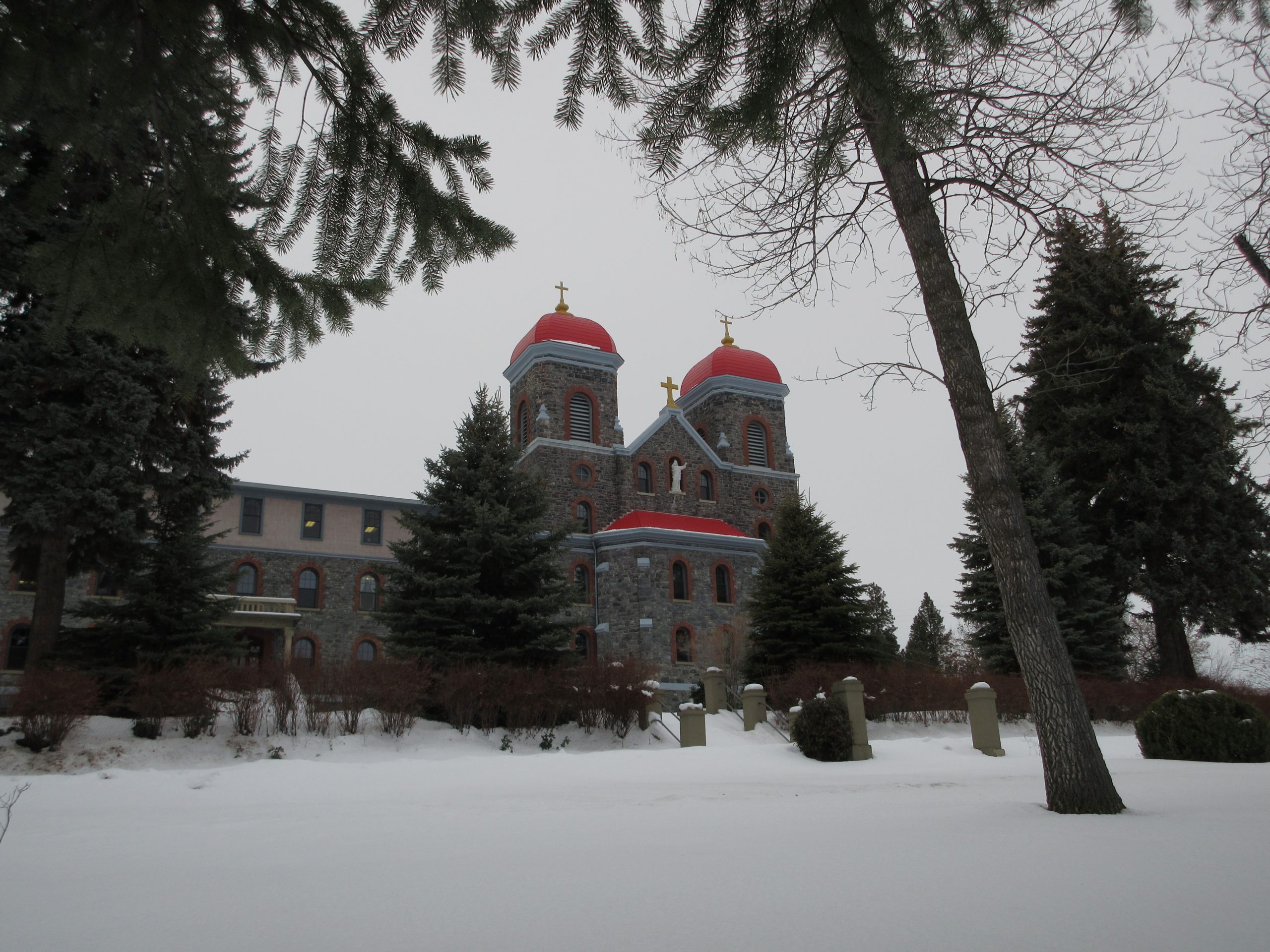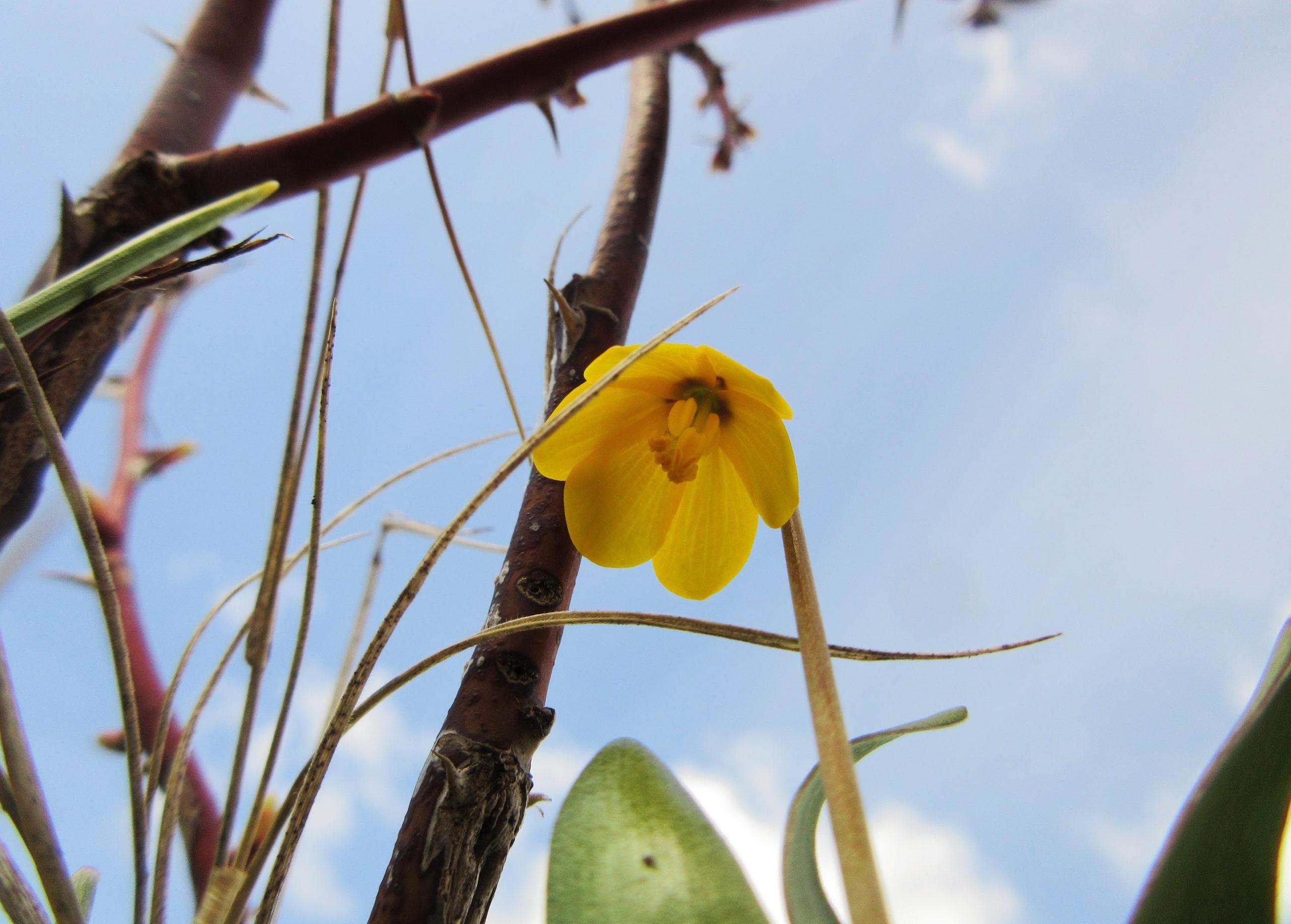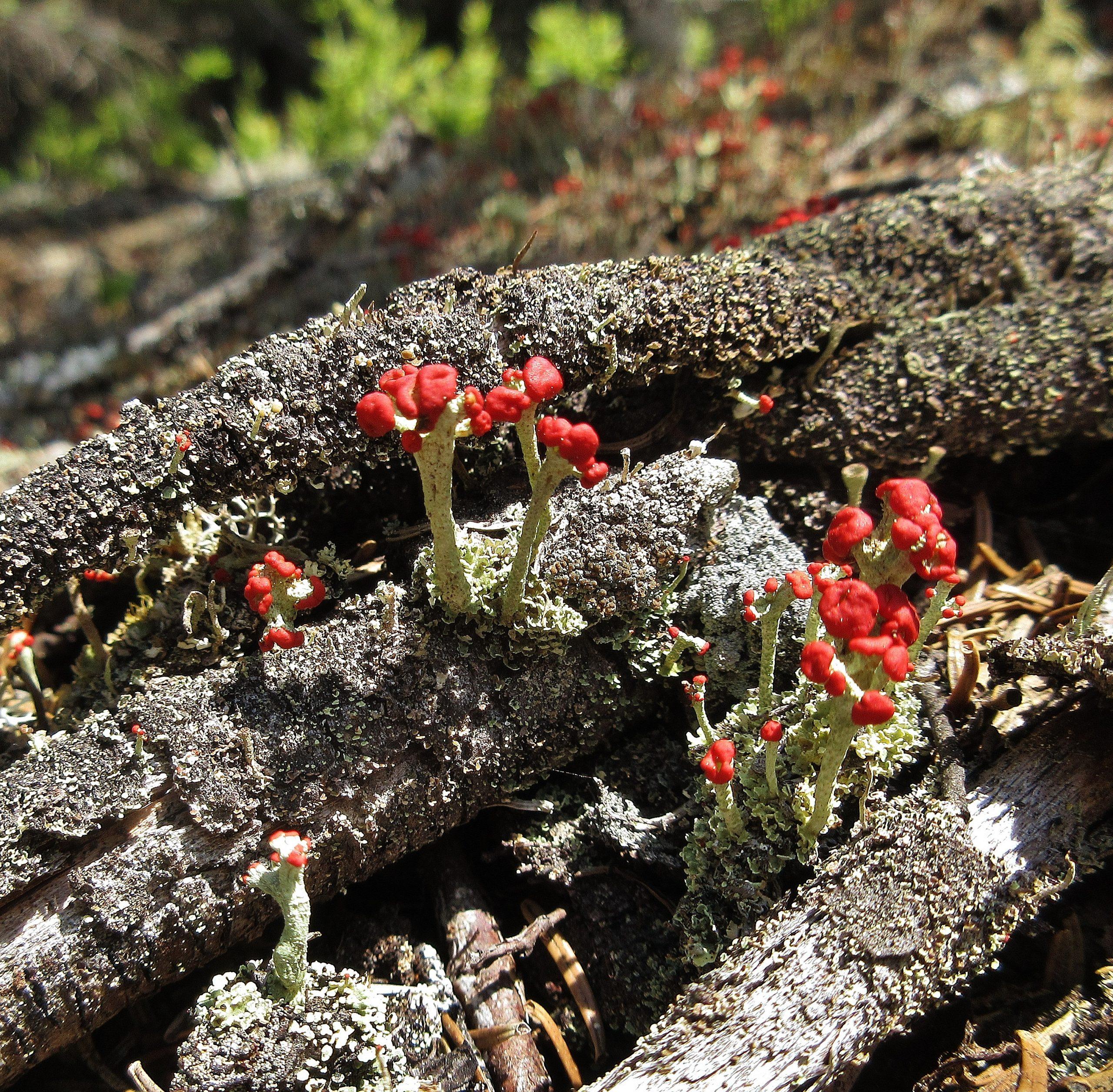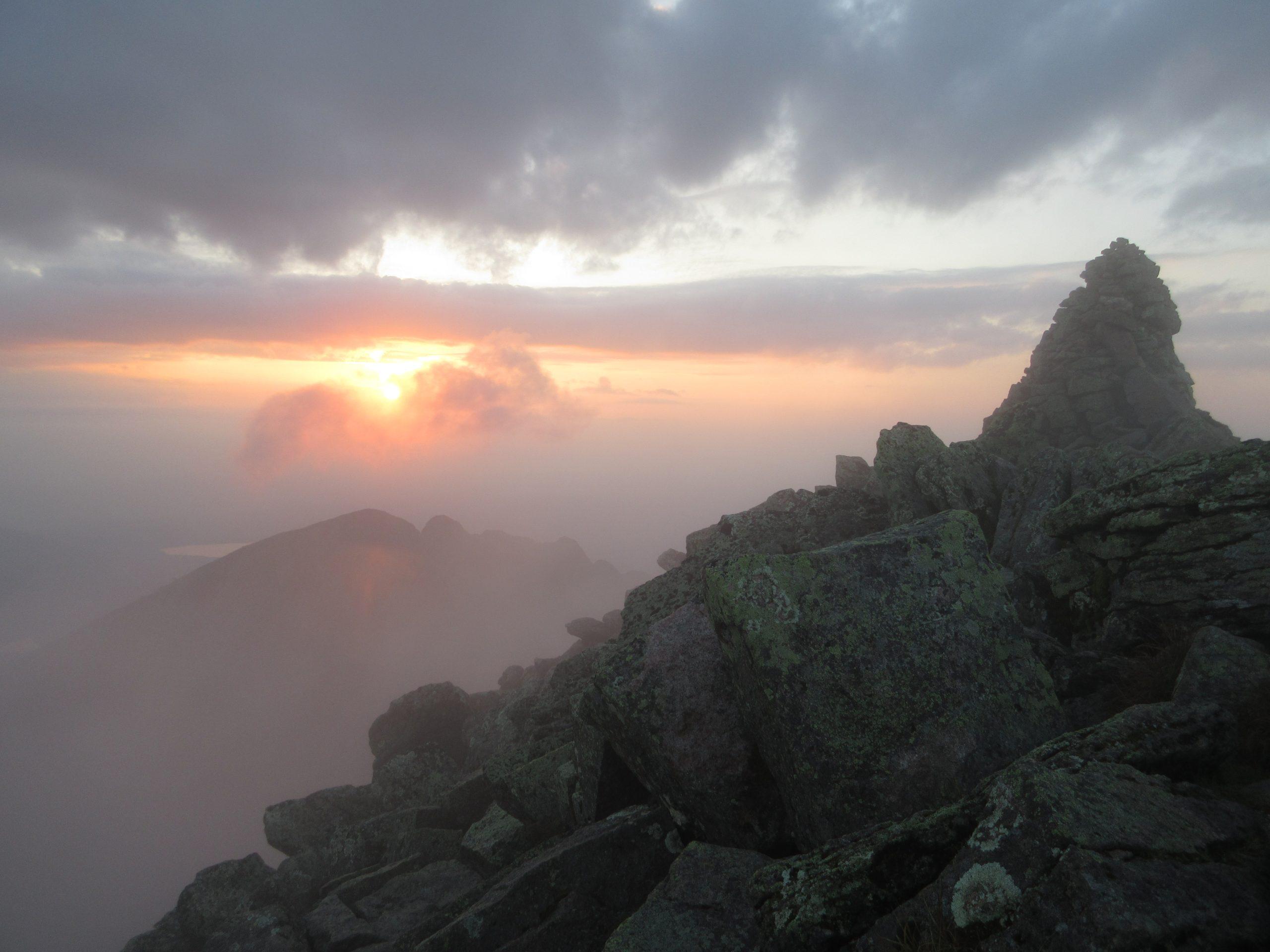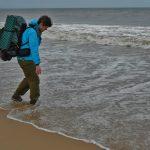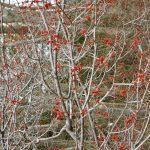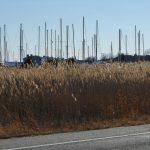As my long-term blog friends know, I’m spending the winter at the Center for Benedictine Life at the Monastery of Saint Gertrude near Cottonwood, Idaho. (For the full story of my initial stay at the monastery last spring, see https://www.wendyweiger.com/idaho-adventure-saint-gertrudes-monastery-spring-2023/.)
The Sisters of Saint Gertrude’s steward 1,400 mostly-forested acres. Their land rises above the Camas Prairie, named for the blue flowering camas, whose bulbs were a traditional food source for the indigenous Nimiipuu, also known as Nez Perce. While I’m here, I’ll be working to develop eco-spiritual programming — both in-person retreats and online offerings like the video below. This is the first in a planned series of “Mindful Minutes from the Monastery,” brief outdoor meditations in which I invite you to join me virtually for a peaceful pause, then step outside to experience your own mini-retreat, wherever you may be.
Getting here was quite an adventure for me. I had never driven cross-country before. It’s about 2,700 miles from my home in Maine to Saint Gertrude’s. I left Maine on the last day of November and drove westward in nearly a straight line. I hovered around the forty-sixth parallel of latitude as I journeyed from Maine, through Quebec and Ontario, the Upper Peninsula of Michigan, Wisconsin, Minnesota, North Dakota, and Montana. On December 7, I entered Idaho via the two-lane road that crosses Lolo Pass in the Rocky Mountains, following in the footsteps of Lewis and Clark 218 years earlier.
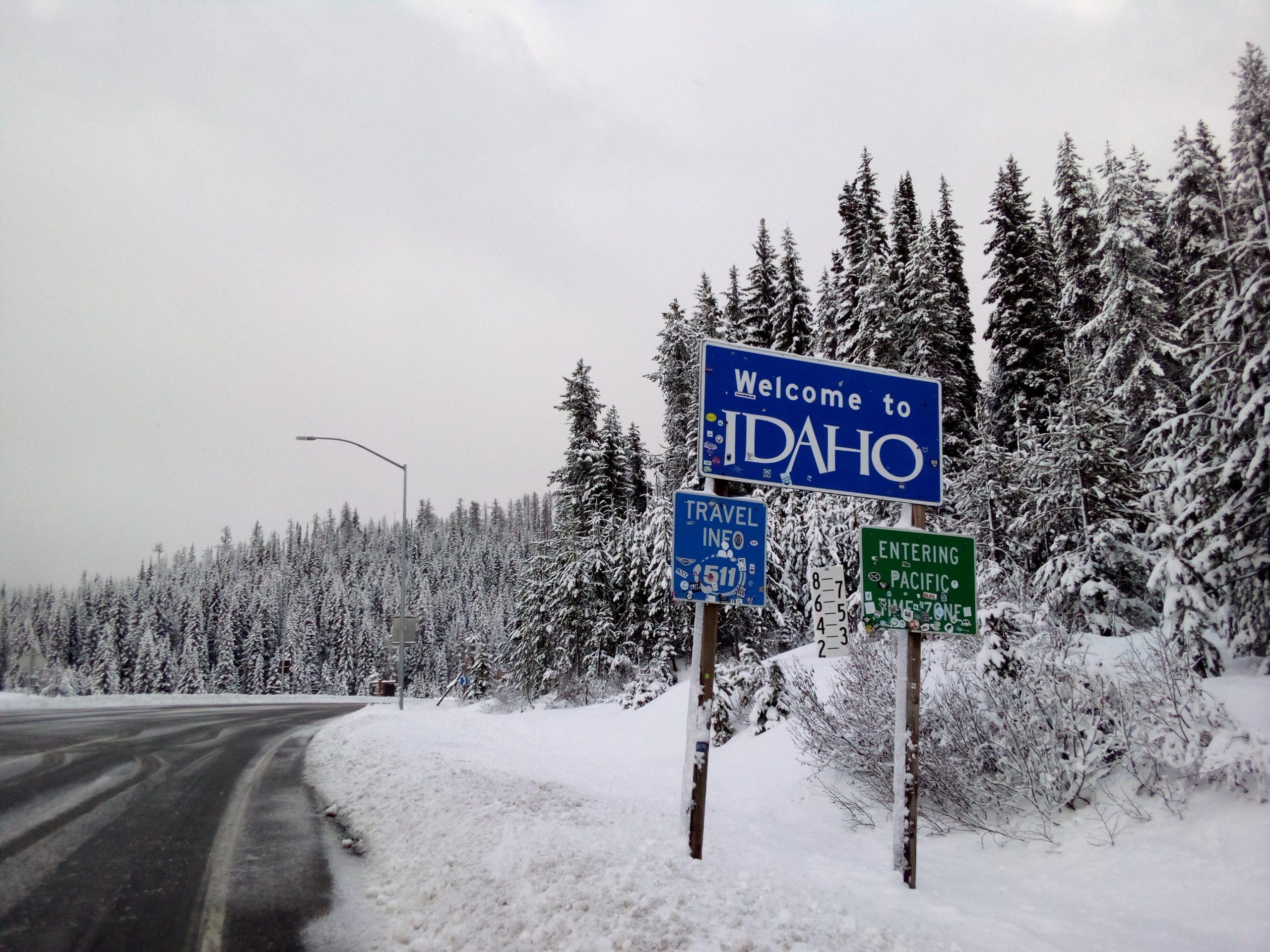
As I descended from the pass, darkness fell, and more snow came with it. My final three miles, from the town of Cottonwood (population about 800) to the monastery, were in a near whiteout. I could barely make out where the road was. I followed faint tracks left by another vehicle, unwittingly veering onto a side road, unable to see the change from pavement to gravel. Fortunately, I had cell service, and I was able to connect with Sister Teresa, Saint Gertrude’s prioress, for reorientation. Finally, amidst the swirling chaos, I saw the lights of the monastery shining through the darkness from a hill above me, offering sanctuary from the storm. It felt like a scene from a medieval epic. I had reached my goal at last!
I spent the next couple of weeks settling into monastic life, with its mindful immersion in community and daily rhythm of prayer. On a typical weekday, we eat breakfast in silence, then gather for morning praise in the chapel at 8:30 AM. The service begins with a brief passage from the Rule of Saint Benedict, a fifteen-hundred-year-old guidebook for seeking God, and the foundational document of Western monasticism. After singing a hymn, we read or chant psalms, which are central to both morning and evening prayer. We cycle through all 150 psalms every four weeks. I’m coming to understand how these ancient prayer-poems give voice to the full range of human emotions: joy, grief, hope, despair, love, anger, gratitude, bitterness, compassion, vindictiveness, feelings of peaceful unity, feelings of isolation, betrayal, and abandonment. In the psalms, all these emotions pour out as raw, unfiltered, passionate cries from the soul.
The bells in the chapel tower ring about 11:20 AM to announce Mass, followed by the main meal of the day, which is accompanied by lively conversation. Evening prayer is at 5 PM, with a light supper after.
Everyone pitches in to do the humdrum daily chores that keep the monastery functioning in a practical sense. Four days a week, after the midday meal, I’m assigned to “dark side” dishes, meaning I scrub the heavy pots and pans used in large-scale cooking. To earn the income I need to cover ongoing expenses, I work twelve hours a week in the infirmary (the monastery’s assisted-living unit), doing caregiving and cleaning. I’m generally on duty from 10 PM Thursday night to 6 AM Friday morning, and from 6 to 10 PM Saturday. I’m finding that helping older Sisters with their basic needs is a great way to get to know them.
My personal space is a cozy suite on the fifth floor with a small bedroom, bath, and sitting room. A tall deciduous tree spreads its branches just outside my windows, giving me the delightful sense that I’m living in a treehouse. My view extends eastward across the prairie, toward the dawn. I’ve seen several spectacular sunrises.
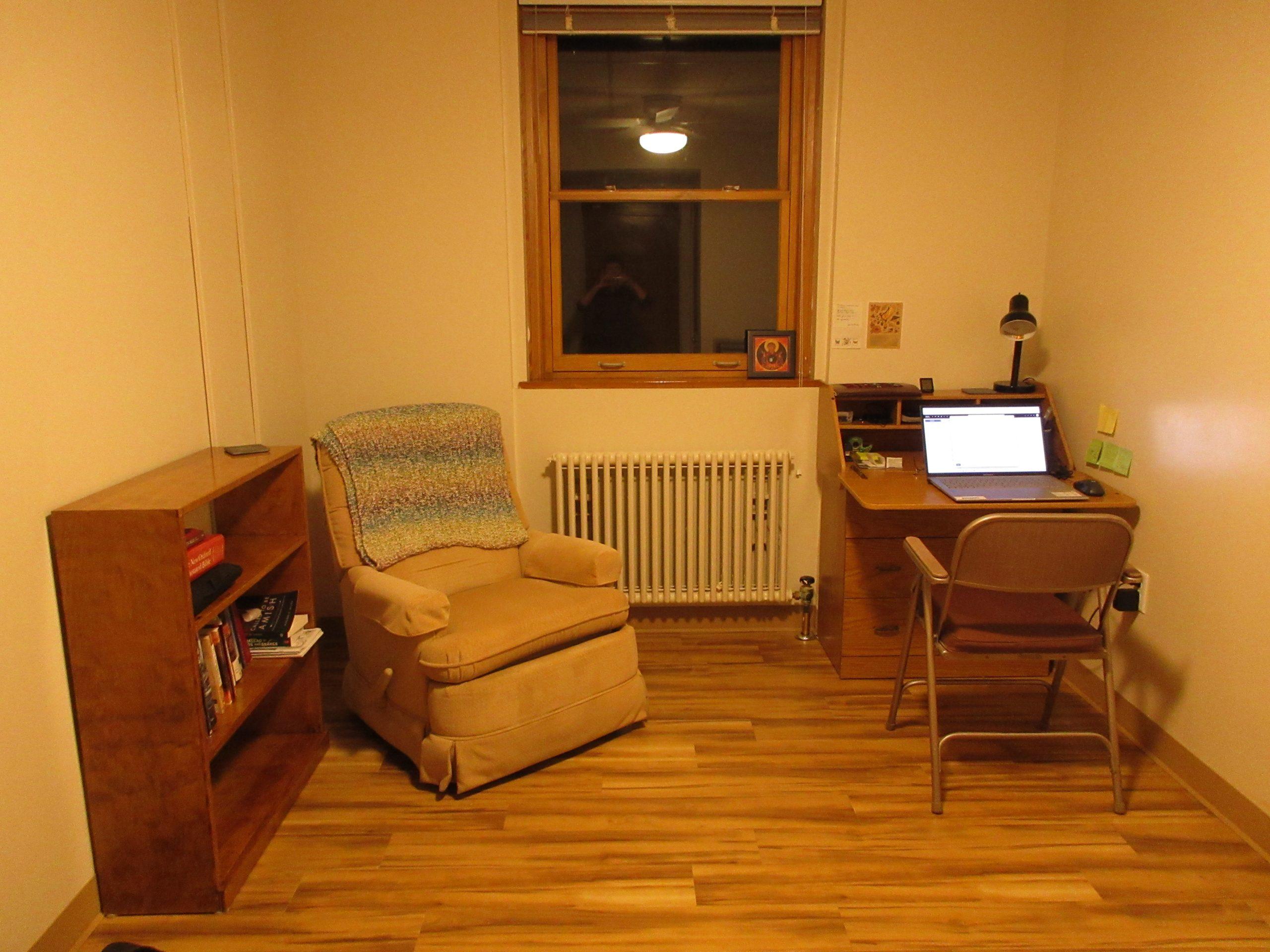
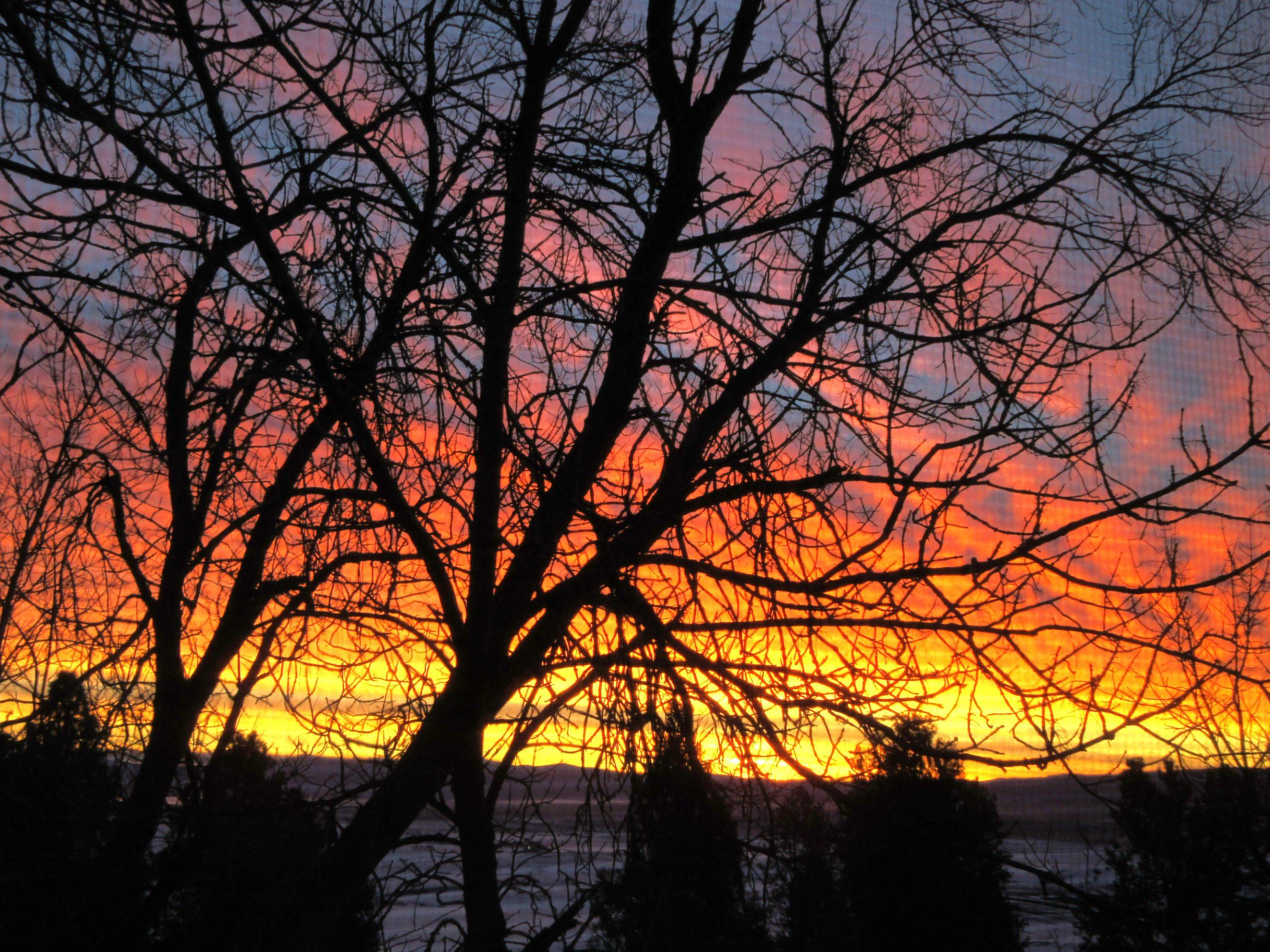
It was wonderful to spend Advent and Christmas at the monastery, far from the hullaballoo of mainstream festivities. Commercial promotion of the holiday season seems to come earlier each year, with Christmas decorations appearing in stores around Halloween. In marked contrast, there was no premature glitz here. Advent, which began on the fourth Sunday preceding Christmas, was a time of quiet preparation of the heart. Each night at the start of evening prayer, the electric lights in the chapel were turned off, leaving only the candles on a large Advent wreath—handmade from fir boughs gathered from the monastery forest—to provide illumination. We then sang a hymn with the following refrain: “Holy darkness, blessed night; Heaven’s answer hidden from our sight. As we await you, O God of silence, we embrace your holy night.”
On December 20, the day before the Winter Solstice, decorating for Christmas commenced. Fir trees appeared in multiple locations. In the chapel, a wooden stable was trimmed with fir. Finally, on the twenty-fourth, we transitioned from the hopeful expectancy of Advent to the joy of Jesus’ birth. We began a celebration that continued through Epiphany Sunday, the day commemorating the arrival of the Wise Men who followed a star in search of the Christ child (this year it fell on January 7). We feasted on delicious food. Our Christmas dinner featured prime rib from cattle raised on a ranch owned a brother of one of the Sisters. There was abundant music, including a concert in the chapel by the Idaho County Orchestra. On New Year’s Eve, we brought our watches, phones, and calendars to the chapel for a blessing intended to remind us that we should use the gift of time wisely. On Epiphany, we processed around the monastery, stopping to sing carols as Prioress Teresa blessed various locations for the coming year, including offices, meeting rooms, the kitchen, and the main entrance.
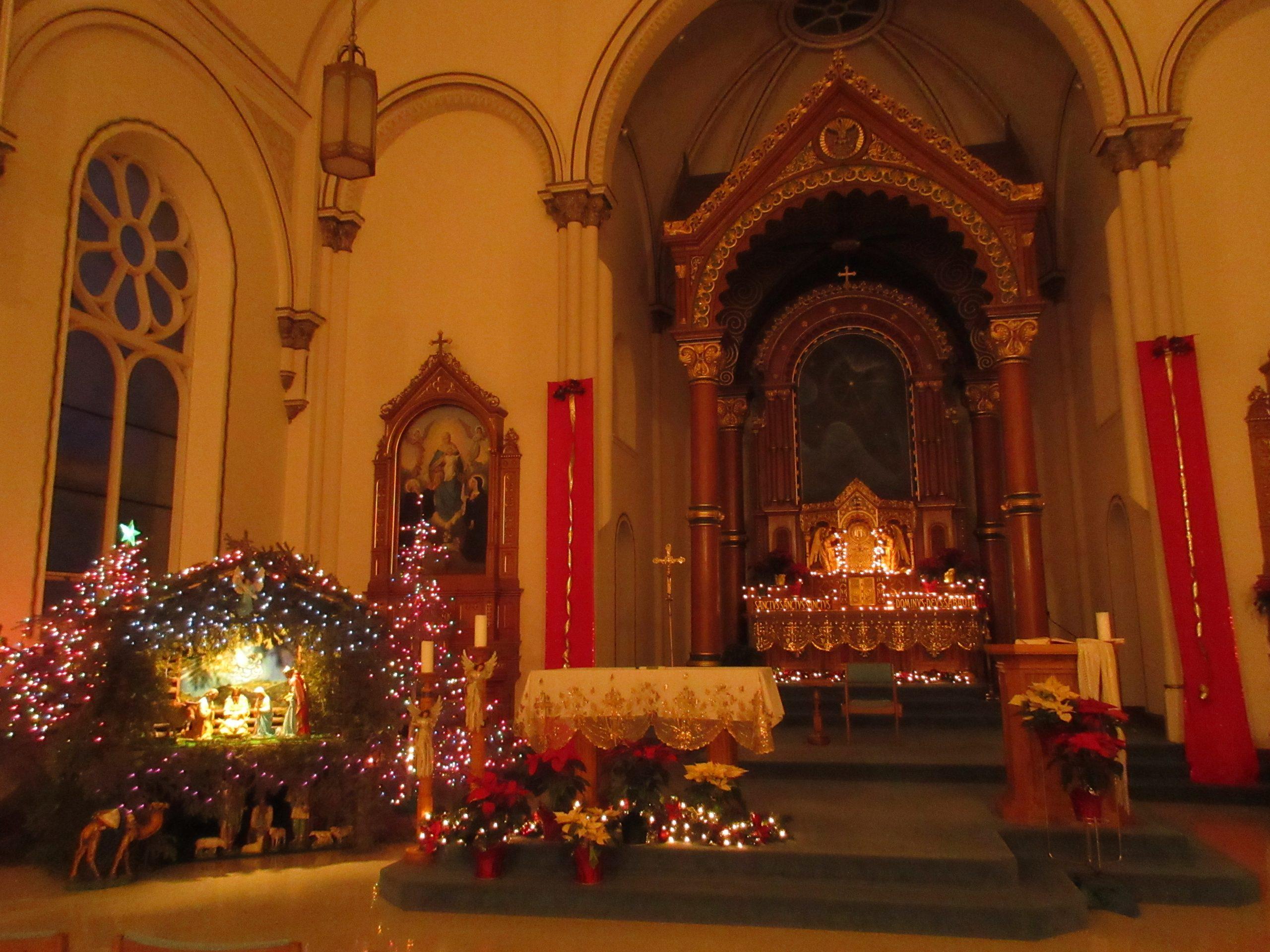
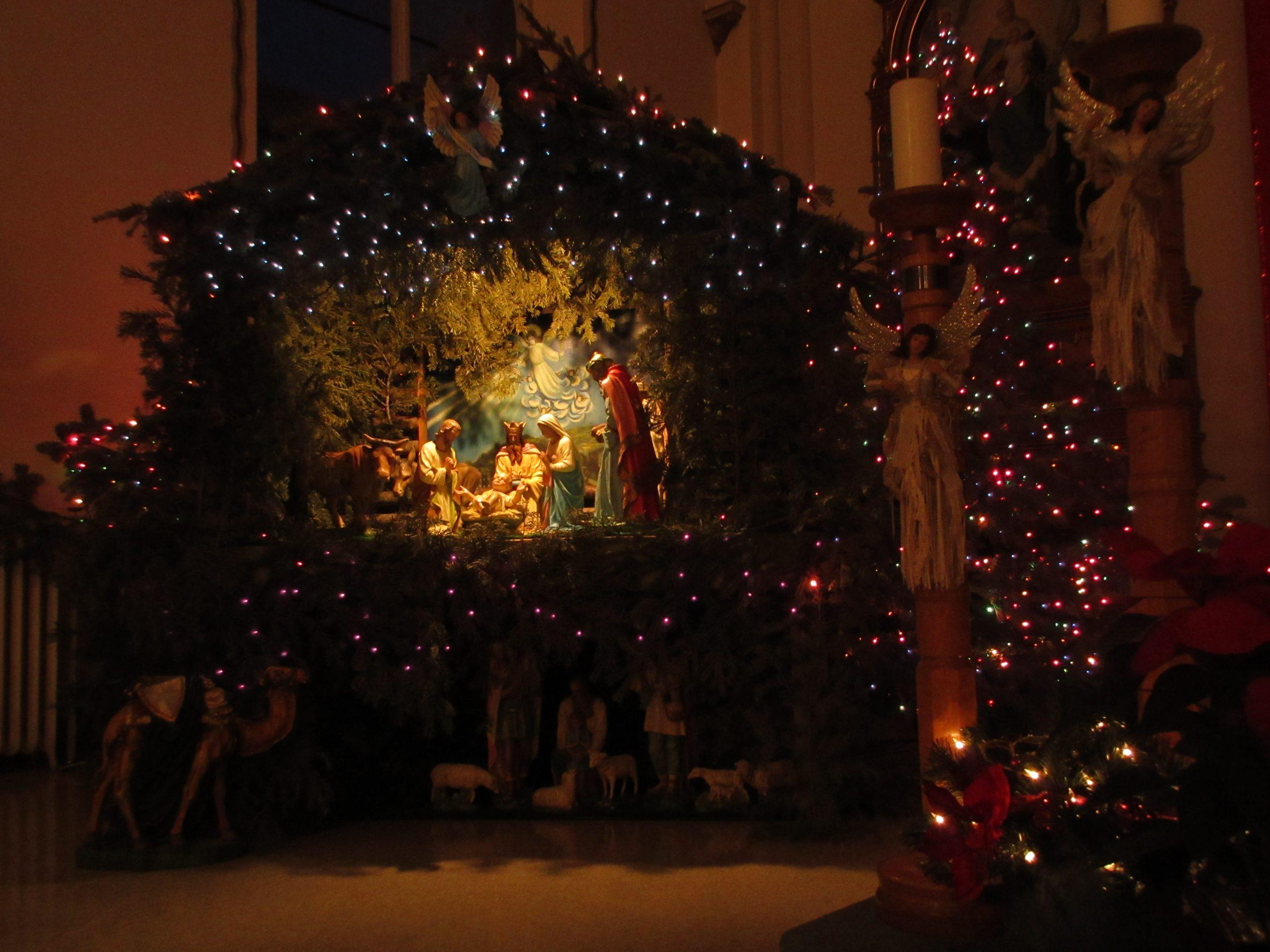
To me, the monastery feels peaceful, yet lively and stimulating at the same time. College students come here for a taste of monastic life. Retreatants come to study subjects from icon painting to yoga to herbalism, or just to bask in the quiet. Artists-in-residence share their gifts. Over the past two months, a folk singer came to compose songs for voice, guitar, and ukulele; a certified clinical musician (and business professor) spent her winter academic break playing her harp, teaching traditional Japanese bookbinding, and expanding her painting skills.
Mealtime discussions with both Sisters and visitors are thought-provoking. The Sisters have lived varied lives: nursing and teaching in Idaho and Washington; teaching in South America; working with gangs in Los Angeles and inmates in the local prison; managing the monastery forest, orchard, berry patch, and garden.
In January, I began weekly classes in Benedictine spirituality that will continue through mid-March. The monastery boasts an extensive library. The onsite museum offers a wealth of information about the history of the monastery, as well as the history of local indigenous people, settlers of European descent, and their fraught relationship.
The monastery grounds are rich in natural beauty. Behind the main building, beyond the berry patch and orchard, a path ascends a steep hill beneath towering ponderosa pines, Douglas and grand firs. The trail continues upward past the cemetery where generations of Sisters have been laid to rest, past the quarry that, a century ago, provided stone for construction. The wind blowing through the canopy of branches sounds like a river rushing overhead.
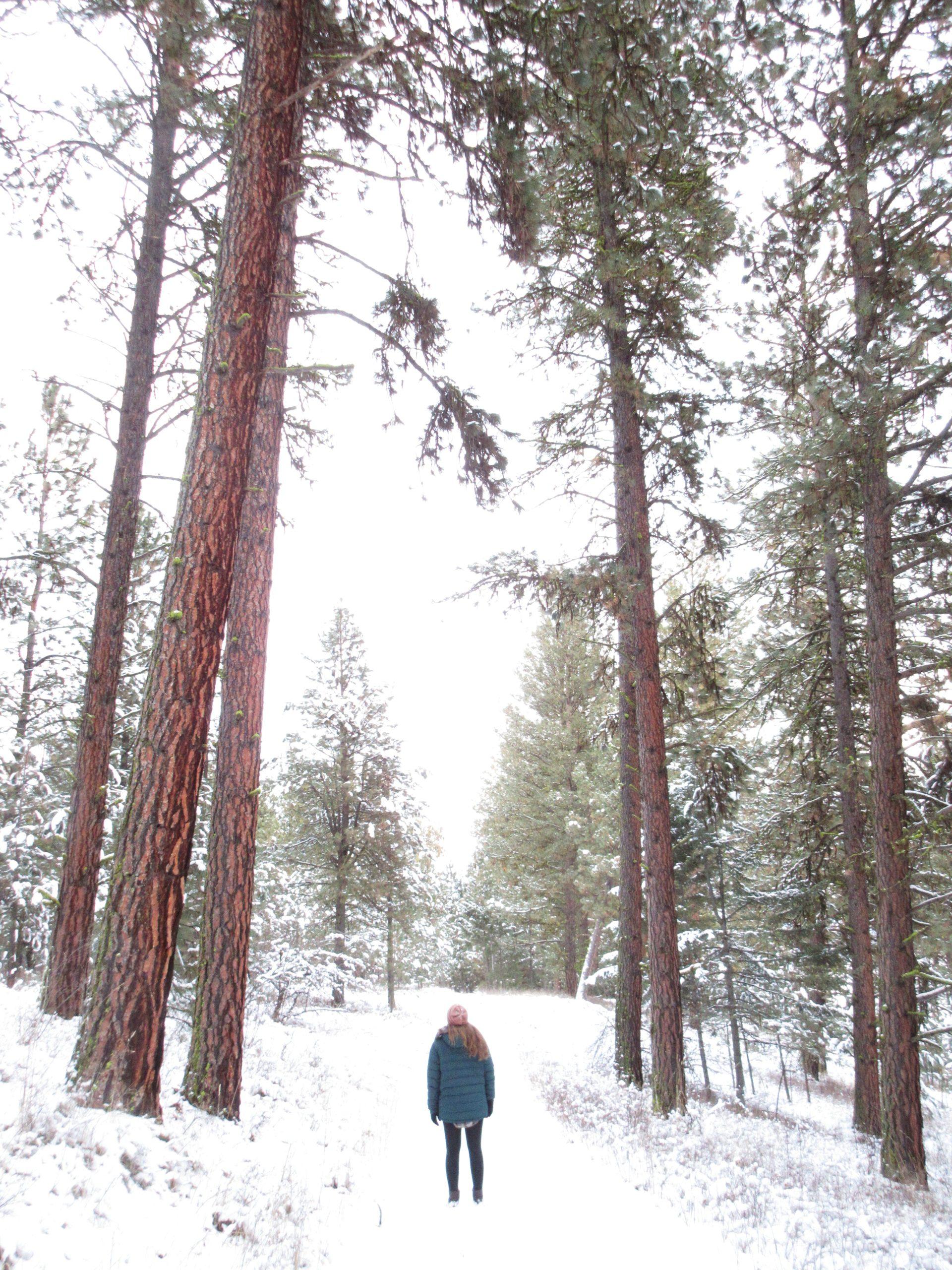
At the top of the hill, a wooden stile offers passage over a barbed wire fence to a high meadow with a sweeping view across the prairie. The Salmon River has etched a deep, steep-walled valley into the gently rolling farm and ranchland. Beyond the river, the Seven Devils Mountains reach jaggedly toward the sky. A hundred million years ago, these peaks were a chain of volcanoes in the Pacific Ocean; the west coast of North America lay between the land currently owned by the monastery and where the Seven Devils now rise.
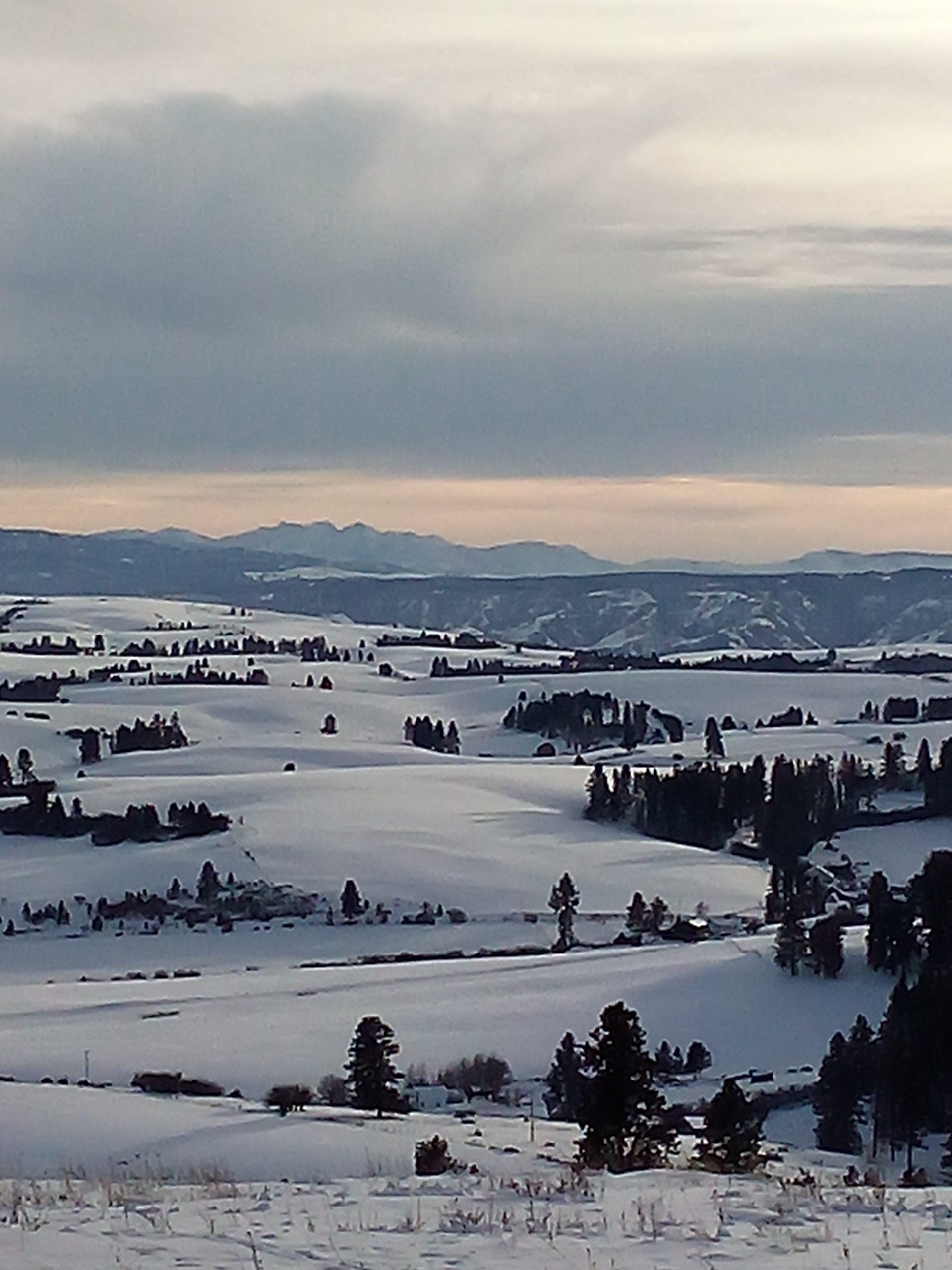
Many creatures roam the hillside. There are tracks of white-tailed deer. I hear the chatter and trilling of red squirrels and, at night, the howling of coyotes. Mice scurry about their business.
Some birds remain here year-round. My first winter hike up the hill was on my birthday, December 10, three days after my arrival. The light was gray and growing dimmer as sunset approached. I was amazed when an owl flew toward me on silent wings and perched in a tree overhead. Then I realized there were two other owls already in the branches above me. As I walked closer, one of the owls flew to the top of a standing dead tree and focused its gaze intently on me for what felt like quite a while. The experience felt mystical, a perfect birthday gift. Since then, I’ve heard the “hoo-h’hoo, hoo-hoo” of great horned owls several times.
I often see ravens and hear their guttural croaking. Ravens carry special significance for Benedictine monastics. As legend has it, both Saint Benedict, the sixth-century founder of the order, and Saint Meinrad, a ninth-century hermit, befriended ravens who served as their loyal protectors. Benedict’s raven disposed of a poisoned loaf of bread sent by an enemy. When Meinrad was killed in a robbery attempt, his two ravens pursued the murderers until they were brought to justice. Statues of Saint Benedict here in the monastery show the faithful raven at his feet.
Of course, there are smaller birds as well. I hear the nasal honking of nuthatches. I hear “chick-a-dee-dees” that sound almost, but not quite, like the calls of the black-capped chickadees I hear in Maine. I believe these are voiced by mountain chickadees. There are other calls I have yet to identify, the vocalizations of western species with whom I am not yet acquainted. I look forward to the spring migration and the new feathered friends it will bring.
And I look forward to future exploration farther afield. The Seven Devils beckon with the promise of terrain and views very different from my familiar haunts in Maine. I will visit them someday. But for the moment, I feel I’m exactly where I’m supposed to be, immersing myself in life right here, right now.
For anyone who may be interested in visiting Saint Gertrude’s, I’ll be leading an eco-spiritual retreat the first weekend in May: https://stgertrudes.org/retreats/1746/the-passion-of-the-earth-an-eco-spiritual-retreat/

